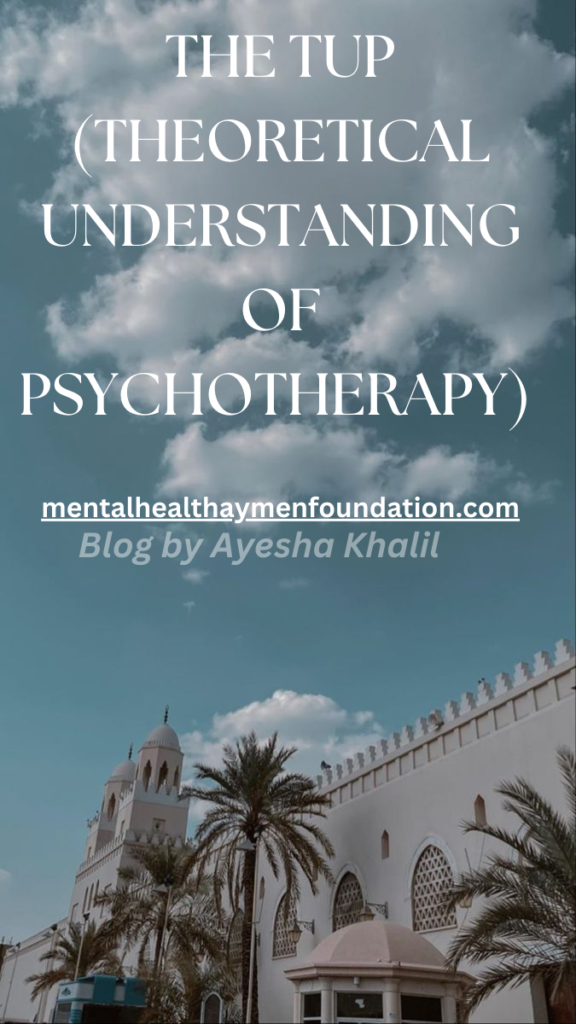
Model presents a complex and integrated view of psychological ‘dysfunction’. In this framework, intervention starts by focusing on one area of the psyche that is unsuccessful in its productivity and gradually takes care of other components. Such interconnection of the psyche implies that the problem in one sector leads to a disruption of all the subsequent ones.
In the case of Aylin, emotional disturbances are the cause of the dysfunction. Her emotional fall resulted in an intrapsychic accumulation of pathological affect and harmful cognitive programs indicated by sadness and, poor self-regard, worthless thoughts like “My husband does not care for me” and “Nobody cares for me.”
Aylin’s emotional empathy, specifically for rejection, was expressed by extreme anger, especially to criticism from her husband. These emotional responses entailed harmful activities such as watching TV most of the time and failing to perform her work. Also, she developed resentment toward God and consequently to any practices that she considered trials that denied her human rights. The resentment led to loneliness and a feeling of spiritless.
The TUP model sees emotions in the sense that they should embrace the biological, cognitive, and spiritual aspects. Not surprisingly, a malfunction of these systems may lead to hyper-arousal or hypotension. Aylin’s low mood, correlated with aggression, can also be understood in terms of unsatisfied effective needs, especially that of appreciation. Her cognitive schema is negative, thus keeping up the presence of these feelings. More often than not, such conditions lead to distorted reasoning and unhealthy behaviours.
In Aylin’s given instance, the concept of Nafs or behavioural dispositions is salient. Such destructive behaviours like screaming at the spouse or refusing to interact at all can be classified among those behaviours attributable to Nafs, which are impulsive responses and responses based on impulse. Such behaviours gave some relief and, for a while, effectively prevented discomfort but only created a chain of continuous dysfunctional patterns. Many of these issues lie at the core of individual identity and value and are integral to therapy when considered within the TUP model.
